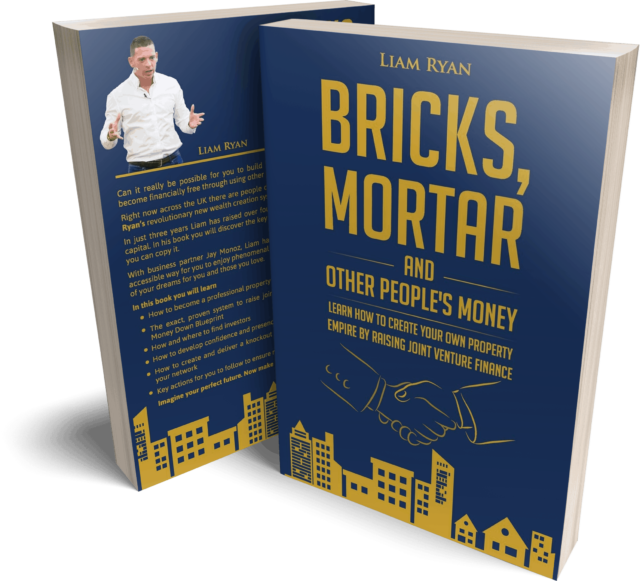Learn how to create a lodger's agreement, your legal rights, and responsibilities as a landlord in the UK.
Read More
Two of the most common ways to monetize a property investment are by leasing or flipping. Both have promising benefits to offer, but there are also important considerations to weigh before choosing which strategy to go with.
Table of Contents
ToggleHere is a comparative overview to help you with your decision.
Property flipping is an investment strategy wherein you will buy an existing property with the intention of renovating it to be resold at a higher price.
Buy. Renovate. Sell. It’s a fairly simple process.
Flipping is a practice ideal for investors looking for a shorter turnaround period and does not intend to keep ownership of the property.
Faster turnaround
If executed well, you can get a hefty profit in a relatively short period. Experienced flippers can start earning between 6 to 12 months on average.
No need for maintenance and repairs
Repairs and maintenance are a lot of work and often costly. But since the property is sold after renovation, flipping will leave you free from this responsibility.
Does not involve dealing with tenants
There is no need to look for renters, collect the monthly rent, or handle complaints.
Requires big capital
Aside from the cost of actually buying a property, you need to take into account the funds needed to renovate it.
Choosing the right property to flip
This is arguably the most crucial aspect of the process and can dictate the success or failure of the entire endeavor.
Choosing the property to invest in requires research and substantial knowledge of the local real estate market. Ideally, you should only flip a property in a location where there is an existing demand in property sales.
This is something that the Assets for Life community can help you with (Click here to join).
A reliable contractor / construction team
Flipping is based on the concept of turning a low-value property into a high-value property. But to make a revenue, this has to be accomplished with reasonable expenditure.
Therefore, you will need a contractor who can improve the property and at the same time, stay within budget.
Rent-to-rent strategy means letting someone else occupy your property in exchange for a fee that is paid continuously on a timely basis.
Unlike flipping, this strategy allows you to keep the ownership of the property. Instead of a one-time big-time profit, you generate income on a more gradual and long-term flow.
A steady, continuous income
Possibly the biggest advantage of this strategy is that it will generate passive income – a continuous cash flow that you do not need to work for. It is basically your property making money for you through the rental fee.
Maintaining ownership of the property
Though not guaranteed, properties tend to increase in value over time. Since you maintain ownership, you may benefit from this and resell or even flip the property at a later time.
Tax advantages
Selling a property, as with the case of flipping, would expectingly cost high tax fees. But though owning the property still involves taxes, it is relatively lower than with other asset types. Moreover, leasing the property will entitle you to tax deductions including operational expenses, repairs and maintenance, and depreciation.
Managing tenants
Instead of a buyer, you will need to find renters to occupy your property. Being a landlord will require posting ads, addressing tenant complaints, and collecting payments.
Conduct regular maintenance
Though the concept of leasing is to let your property generate income for you, there is still some work involved. You have to do regular maintenance and fix damages. A portion of your income should be allocated for this.
The property will be on hold until your lease contract ends
Leasing your property will mean committing to a contract. Until the agreed rental period concludes, you will not be able to sell your property.
Before you go, why not join us at our next summit by clicking here!
Learn how to create a lodger's agreement, your legal rights, and responsibilities as a landlord in the UK.
Read MoreDiscover top UK property investment strategies, including buy‑to‑let, renovations, and HMOs, plus tax and finance tips for new investors.
Read MoreDiscover if short-term rentals are worth it for UK investors. Learn how to invest in STRs and their pros and cons.
Read MoreLearn how to buy a business, from research to due diligence, finance and completion. Essential tips for first-time buyers.
Read More
Claim Your Free Copy
Assets For Life LTD is a company incorporated in England and Wales with registered number 09935286 and registered offices at Assets for Life Ltd, Suite 105, Waterhouse Business Centre, 2 Cromar Way, Chelmsford, Essex, England, CM1 2QE, United Kingdom.
Assets For Life LTD is registered with the Information Commissioner’s Office, with registration number ZA280607
COPYRIGHT © 2024 ASSETS FOR LIFE, ALL RIGHTS RESERVED. WEBSITE BY AMPLIFY MARKETING